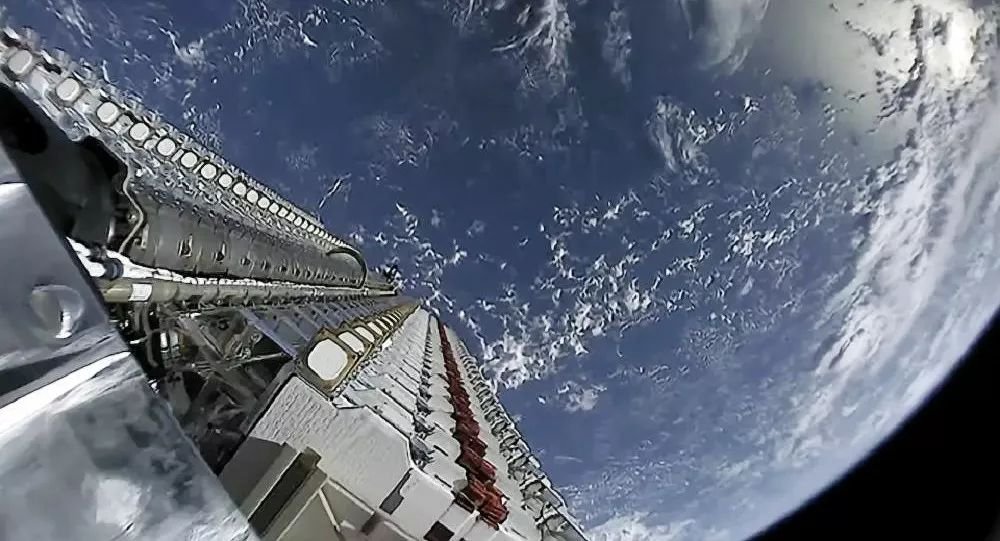
By Fantine Gardiner,
Published by Sputnik News, 29 November 2022
Elon Musk has laid out plans to launch tens of thousands of small satellites into orbit to facilitate the Starlink global high-speed internet service, but the proposal has raised eyebrows of many space-faring countries, including the US military.
A study recently published in the Chinese peer-reviewed journal Radio Engineering has determined SpaceX routinely disregarded some of the basic rules of orbital safety with its Starlink satellites. If China doesn’t follow suit, it risks being left behind in the rapidly accelerating new space race.
“We must establish a new ‘space traffic rule’ based on new technologies, otherwise the development of Chinese constellations will be seriously restricted,” said Yu Shunjing, a satellite design engineer with DFH Satellite Co., China’s largest satellite maker and one of the co-authors of the study.
Aside from some basic structures, such as a ban on placing offensive weapons in Earth orbit, there are stunningly few globally-agreed-upon rules governing spacecraft. However, some common conventions have governed space flight for decades, such as regarding 10 kilometers as the minimum distance two satellites can approach each other without substantial risk of a collision, which would produce dangerous space trash.
The distance is necessary because objects in orbit travel very fast, at least 11,300 kilometers per hour, and both computerized collision avoidance systems and human controllers on the ground require time to detect a potential collision and avoid it.
“The existing safety limit is based on scientific calculation,” Yu said. “Crossing the line could lead to some dangerous consequences, because one collision can lead to another.”
However, according to the Chinese study, several Starlink satellites have begun operating at just 4.9 kilometers apart in an effort to maximize data-sharing via lasers – a new method being tested by Musk’s company in lieu of putting more relay stations on Earth’s surface.
SpaceX already has permits to place 12,000 satellites into orbit, which observers say is already a worrisomely large number, but the company has proposed as many as 30,000 satellites. Rival firms, such as Amazon, have launched competing networks of thousands of satellites.
Starlink satellites have posed a danger to both other orbiting spacecraft as well as people on the ground. In July and again in October of last year, two satellites passed perilously close to China’s Tiangong space station, one of which caused the space station to alter course in order to avoid a collision. Beijing blasted the US for the company’s negligence, but Musk dismissed Chinese fears, saying the satellite network poses no danger to other spacecraft.
There have been other close calls in space, too, such as between lunar orbiters owned by NASA and the Indian Space Research Organization in November 2021, and between several US Geosynchronous Space Situational Awareness Program (GSSAP) “neighborhood watch” satellites and Russian geosynchronous communications satellites between 2016 and 2018.
See: Original Article





